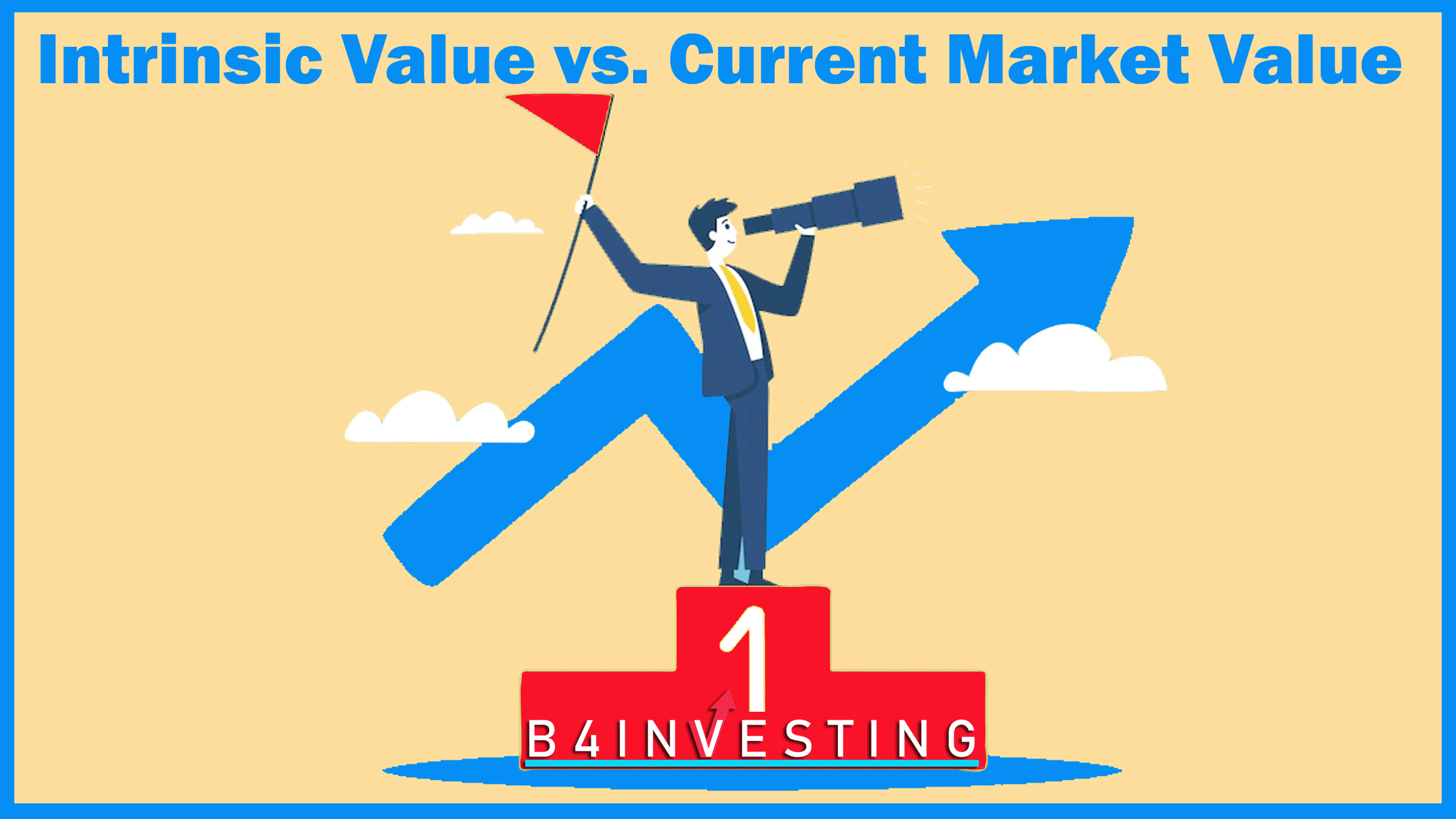
Difference between Intrinsic Value and Current Market Value: An Overview
Intrinsic value and current market value are used to evaluate the stock. The difference between the two values can be significant and can be used to measure the risk of investing in an asset or the potential for a profit.
Intrinsic value is an accurate metrics which identify the performance of particular stock of a company based on its expected capacity to produce future free cash flows throughout its life. It is an internal value regardless of current market value of it. Market value is the current value of a company; the company’s stock price. Lets read the difference between intrinsic value and current market value.
What is Intrinsic Value?
Intrinsic value is the true worth of a company which is based on fundamental analysis of the company itself. It may or may not be the same as the current market value. Current market value is the price that the stock could be bought or sold for on the open market. It is always better to invest in companies that have a higher true value than the one being assigned to it by the market.
Intrinsic value is determined by assessing the company’s future cash flows, market analysis, targeted market, business plan, financial statements, potential for growth, and other factors. Intrinsic value is often used by investors to determine whether or not a stock is undervalued or overvalued compared to its current market value.
If the intrinsic value is higher than the current market value, the asset may be seen as undervalued and therefore an attractive investment opportunity. Conversely, if the intrinsic value is lower than the current market value, the asset may be seen as overvalued and therefore a risky investment.
Read also: How to Read & Understand A Cash Flow Statement
How to calculate Intrinsic Value?
Some analysts use discounted cash flow analysis to include future earnings in the calculation of intrinsic value. Some others consider the current liquidation value or book value as shown on the company’s most recent balance sheet. We can also say that, intrinsic value is the amount a company’s equity shareholders would receive if it goes into liquidation on the date of the last financial statements’ release.
But we have to consider one fact that the balance sheet itself is an internally produced company document and it may not be showing accurate representation of assets and liabilities.
Read more: How to read a Balance Sheet?
What is Current Market Value?
Current market value is determined by the forces of supply and demand in the market. It is the price that the asset can be bought or sold for in the open market. It has a positive relationship with demand. If there is a strong demand for a share in the market, the price of stock will go high. And if the demand for it is not high, the price will move downwards.
Current market value is often used by investors to determine when to buy or sell an asset. If the current market value is lower than the intrinsic value, it may be seen as a good time to buy the asset. Conversely, if the current market value is higher than the intrinsic value, it may be seen as an indication that the asset is overvalued and a good time to sell.
Market value is also commonly used to refer to the market capitalization of a publicly-traded company and is obtained by multiplying the number of its outstanding shares by the current share price.
Takeaway:
We read what is intrinsic value and what is market value. We read the difference between both the terms too. These two terms are needed by investor for deciding whether to invest in stocks or no. Most of the people assume stock market unpredictable as they don’t know which aspects to look for to avoid loss and earn good profit. Fundamental analysis of a company is required to understand the relative strength and potential of it. So, before undertaking any investment decision, analyzing both market capitalization value as well as intrinsic figures, is crucial.

